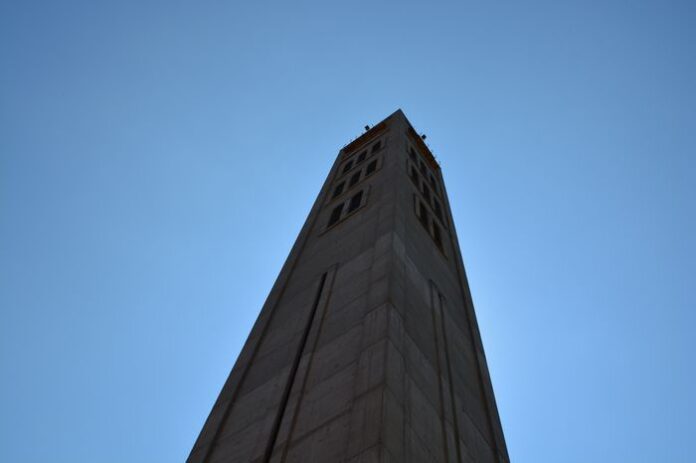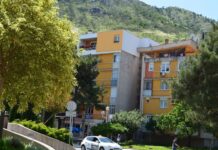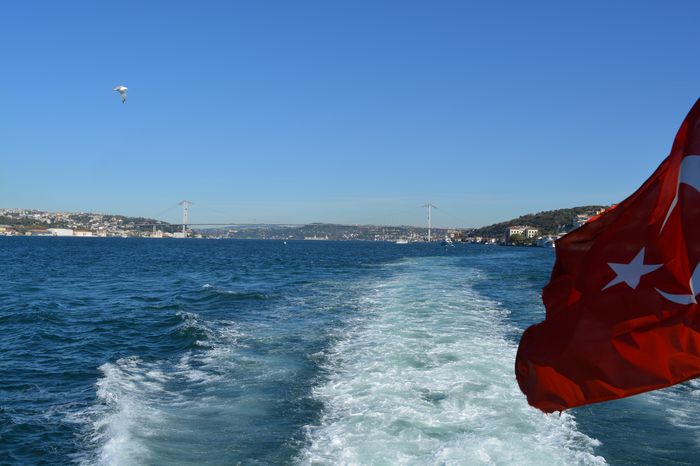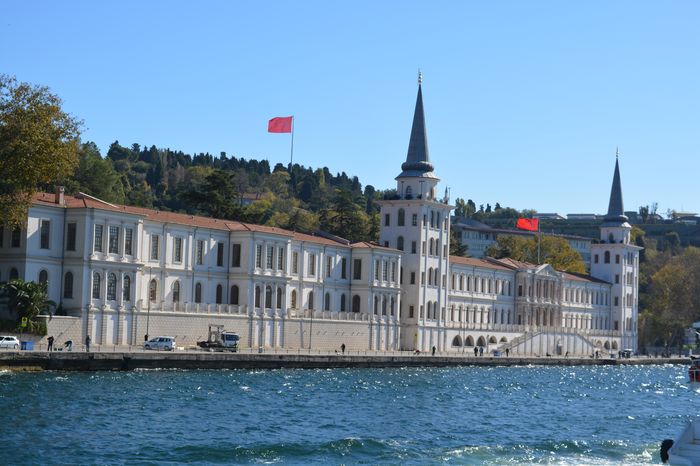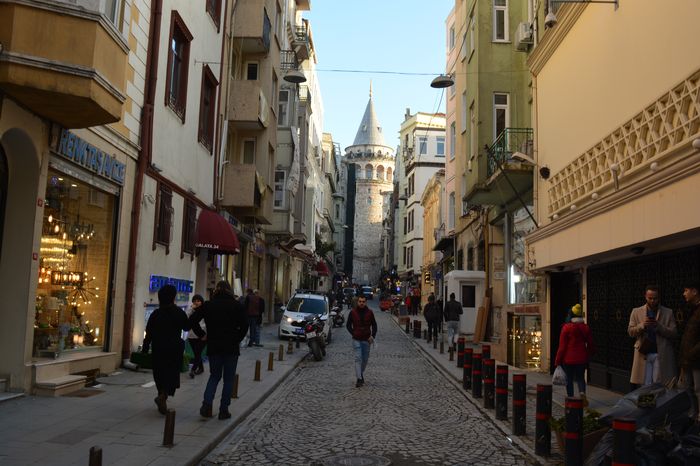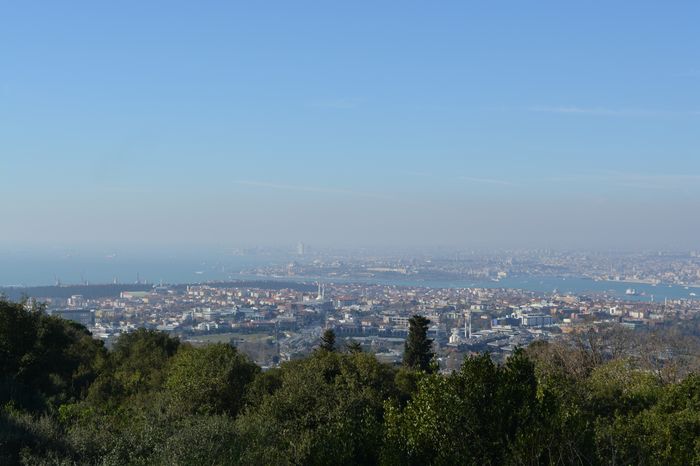Two important religious sites—the Church of Blachernae and the Church of St. Nicholas—were located at the foot of the western spur of the Sixth Hill in Constantinople. The location of the Church of Blachernae is now marked by the Holy Spring (Ayazma) at Aivan Serai.
These churches were situated just outside the city’s main defensive line, and they were protected by earlier walls that ran along the northern and western sides of the spur Istanbul Tour Guide.
Measurements of the Walls
Some sections of these ancient walls still survive. The wall along the northern side of the spur is about 150.90 meters long and 13 to 14 meters high. The wall on the western side is shorter, measuring about 35 meters long, but it stands just as tall as the neighboring sections of the main city wall.
These defensive lines show that the western spur was seen as strategically important and was well protected even before the construction of later walls by emperors like Heraclius and Leo.
Evidence from Historical Sources
Several historical sources support the existence of these early fortifications. The Paschal Chronicle (7th century) and writings by Procopius mention places such as the Pteron (“the Wing”) and Proteichisma (“outer wall”), which were parts of the defensive structure in the Blachernae district.
Another important source is the Patriarch Nicephorus, who also refers to this outer line of defense. All these sources describe the fortifications as existing before the Wall of Heraclius was built.
The Avar Siege of 627 and the Blachernae District
The Avar siege of Constantinople in 627 gives more clues about these walls. During the siege, the Church of St. Nicholas was burned, and the Church of Blachernae was nearly destroyed. However, the Palace of Blachernae, located on the spur of the hill, was not mentioned as being in danger.
This silence suggests that the spur was well-fortified, enough to protect the palace from the siege. Interestingly, no historian mentions the Wall of Heraclius as having saved the palace, which again implies that earlier walls were already doing the job The Defensive Lines.
Even Older Fortifications? The Notitia’s Clue
There is even older evidence of fortifications in this area. The Notitia Urbis Constantinopolitanae, a 5th-century document, mentions that the Fourteenth Region of the city—located on the Sixth Hill—was surrounded by its own wall (proprio muro vallata). This means it was almost like a small, walled town within the larger city.
This description suggests that defensive walls existed in this area as early as the reign of Emperor Theodosius II (408–450 AD). Therefore, the fortifications on the Sixth Hill may go back even earlier than the 7th century and could have originally served as the main protection for that part of the city.
The western spur of the Sixth Hill, home to the Blachernae Palace and famous churches, was heavily fortified much earlier than many people realize. Walls were likely built there before the 7th century, possibly during the time of Theodosius II. These defenses protected not only important churches but also imperial buildings like the Palace of Blachernae, showing the strategic importance of this part of Constantinople for both religion and politics.
